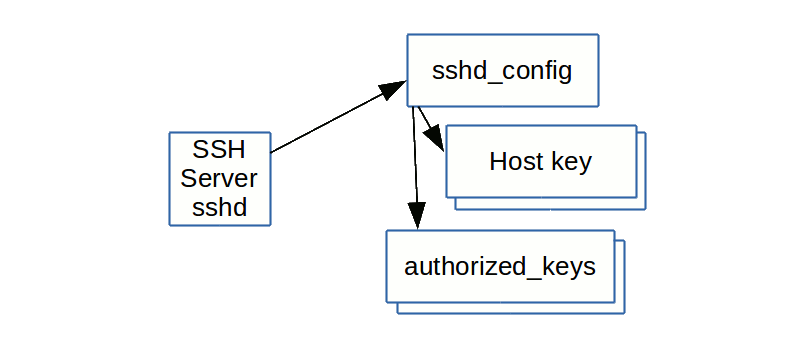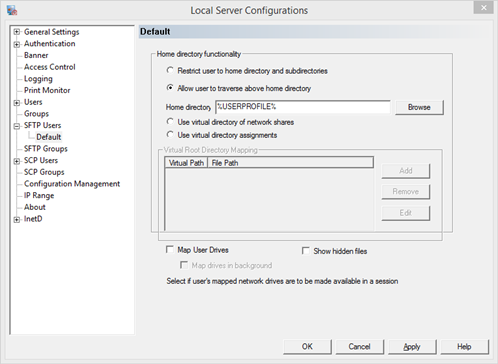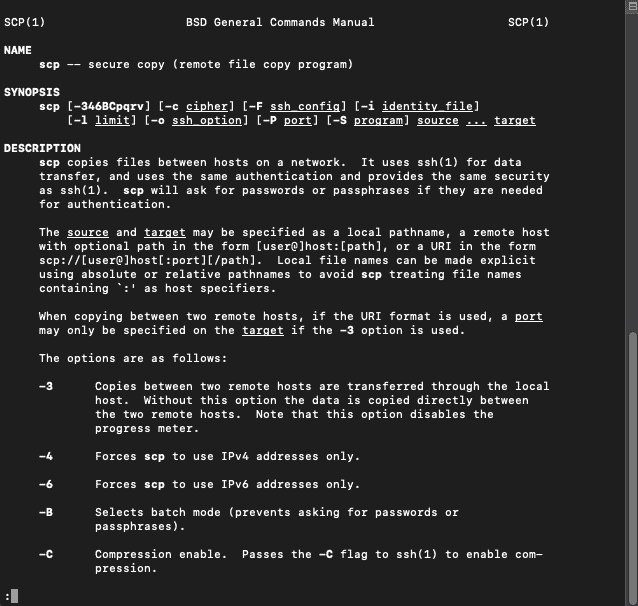Scp Ssh Config
O sshoption Can be used to pass options to ssh in the format used in sshconfig(5). This is useful for specifying options for which there is no separate scp command-line flag. For full details of the options listed below, and their possible values, see sshconfig(5). 1 I'd make a second config file, /.ssh/scpconfig, and then use a shell alias for scp with the -F option to specify the config file: alias scp='scp -F /.ssh/scpconfig` (This is an untested zsh alias; I don't know how different Bash alias' are, but the idea should be similar.

Make SSH easy by adding entries to your local SSH config file. From this file we can set useful defaults to make logging into remote servers as easy as ssh myserver.In the previous video, we used this long command to login with a newly created SSH key:
Locally on my Mac, I can create/edit an ssh config file:
Add the following to mirror our long command:
Save and exit that file, and try to login in our simpler way:

We can use this with any SSH-based tool:
See the man page of ssh to check out all the options you can use in the config file.
So, there are numerous tool that can help you login to your server. My personal preference over the past few years have been Bitvise SSH client and WinSCP. I still use them because they are very straight forward and highly configurable. But there are times where you just want to run a command or upload a single file without going through all the trouble of logging in and managing Private Keys.
Follow the below steps to configure SSH and SCP on your system.
The first thing you need to do is Enable OpenSSH in Windows optional features. Skip this step if it is already enabled. Search and open 'optional feature' from start menu and then click on 'Add a feature' and search for 'OpenSSH Client' and click on install.
Now that you've enabled OpenSSH run ssh in windows terminal to verify it has been installed correctly.
Now you can connect to remote server using ssh commands that you are used to in linux systems.
TBH, everytime we want to log in, we have to enter the host name or location of private key or password. And now suddenly things don't seem direct and easy.
Fret not.
You can save your profiles inside a config file located in C:Users<username>.sshconfig. Edit the code structure given below and save it in config file. Give it a friendly name, I've used 'wt' in the example, you will use this Host to login later. Update the HostName, UserIdentityFile, and Port. You can use as many profiles as you want. Just put another profile in new line and make sure it is properly indented.
Now just enter ssh wt to login automatically.
Seems great? Well, we are not done yet. Let's take it to the next step.
You can also use SCP commands to upload or download files to and from remote server.


Scp Using Ssh
Similary you can use -r flag to recurseively download or upload folders from the server.
Scp Use Ssh Config
From here the sky is the limit. If you face any difficulties in setting up SSH or SCP then write to me on twitter @vipiny35 or comment down below.
